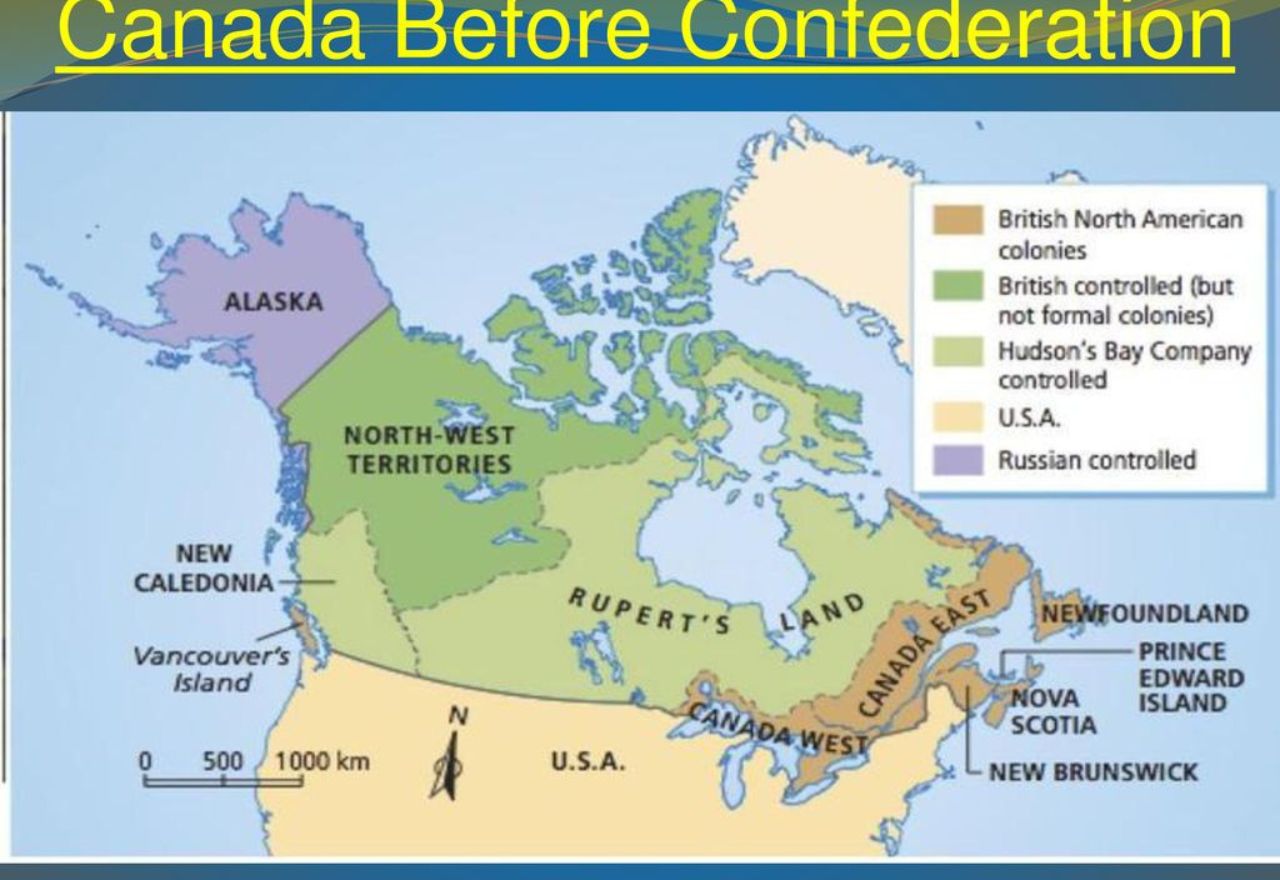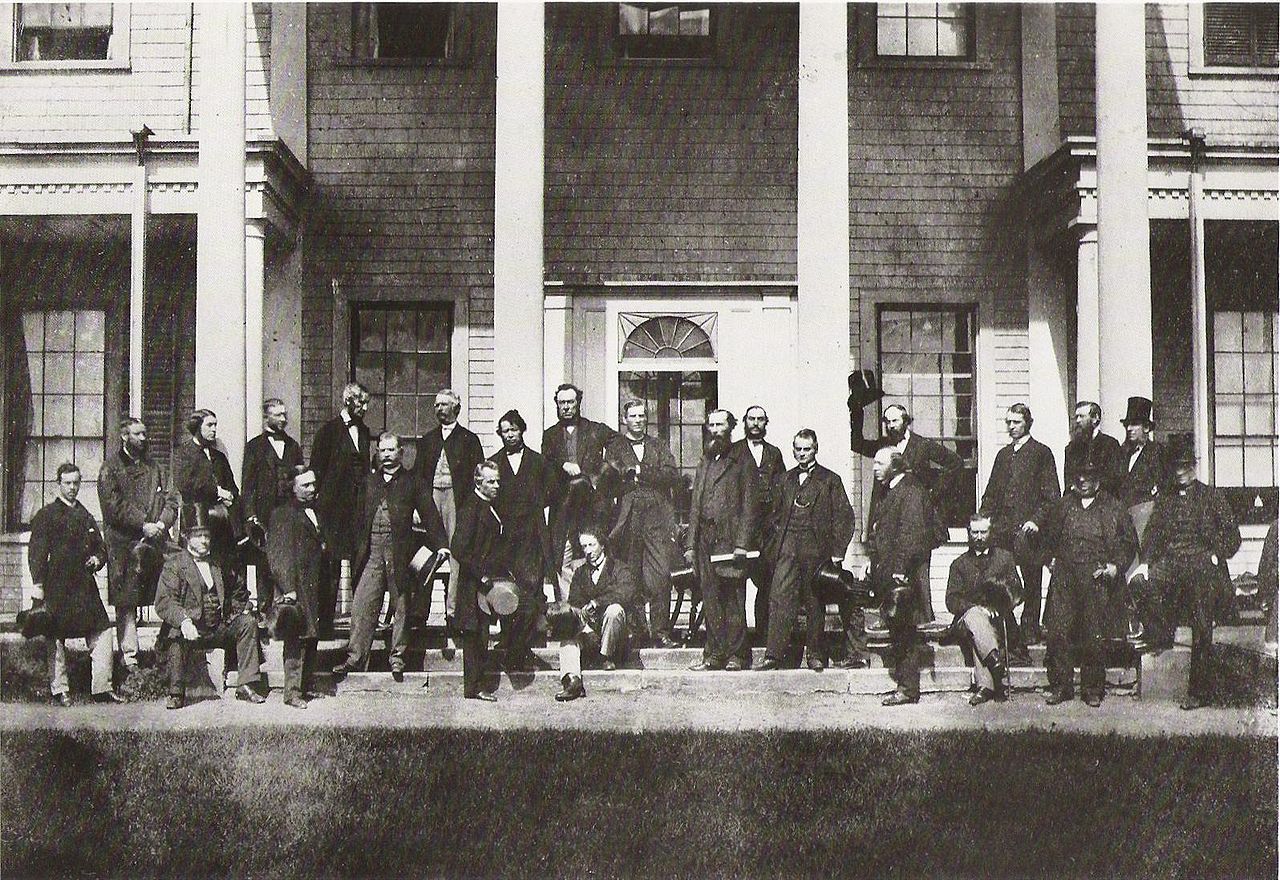Canada's journey towards Confederation was a complex and multifaceted process, characterized by a series of challenges, conflicts, and gradual steps towards unity. In the early 19th century, the territory that would eventually become Canada was comprised of several British colonies, each with its own unique identity, culture, and interests. However, despite their differences, these colonies shared a common desire for greater autonomy and self-governance.
Throughout the early decades of the 19th century, the Canadian colonies faced numerous obstacles, including economic instability, political unrest, and external threats. The War of 1812, in particular, highlighted the vulnerabilities of the colonies and underscored the need for greater cooperation and unity. In the aftermath of the war, discussions about the possibility of a closer union between the colonies began to gain traction.
One of the key precursors to Confederation was the Rebellions of 1837-1838, which erupted in Upper and Lower Canada (present-day Ontario and Quebec) as a result of widespread discontent with colonial governance and economic inequality. Although the rebellions were ultimately suppressed by British authorities, they served as a catalyst for political reform and paved the way for the emergence of a more unified vision for Canada's future.
In the decades that followed, various movements and initiatives aimed at fostering greater unity and cooperation among the colonies began to take shape. The idea of a federal union, which would allow for the sharing of powers between a central government and provincial governments, gained traction as a viable solution to the challenges facing the colonies. Proponents of this vision argued that a united Canada would be better equipped to address common issues such as defense, trade, and infrastructure development.
The Durham Report of 1839, commissioned by the British government in the wake of the Rebellions, recommended the union of Upper and Lower Canada into a single colony with responsible government—a significant step towards Confederation. Subsequent conferences and negotiations laid the groundwork for the eventual union of the Canadian colonies, culminating in the Charlottetown Conference of 1864.
In summary, Canada's path to Confederation was shaped by a combination of external pressures, internal conflicts, and evolving ideas about governance and nationhood. Despite the challenges and setbacks along the way, the colonies' shared aspirations for greater autonomy and unity ultimately paved the way for the creation of the Dominion of Canada in 1867.



Leave a comment
This site is protected by hCaptcha and the hCaptcha Privacy Policy and Terms of Service apply.